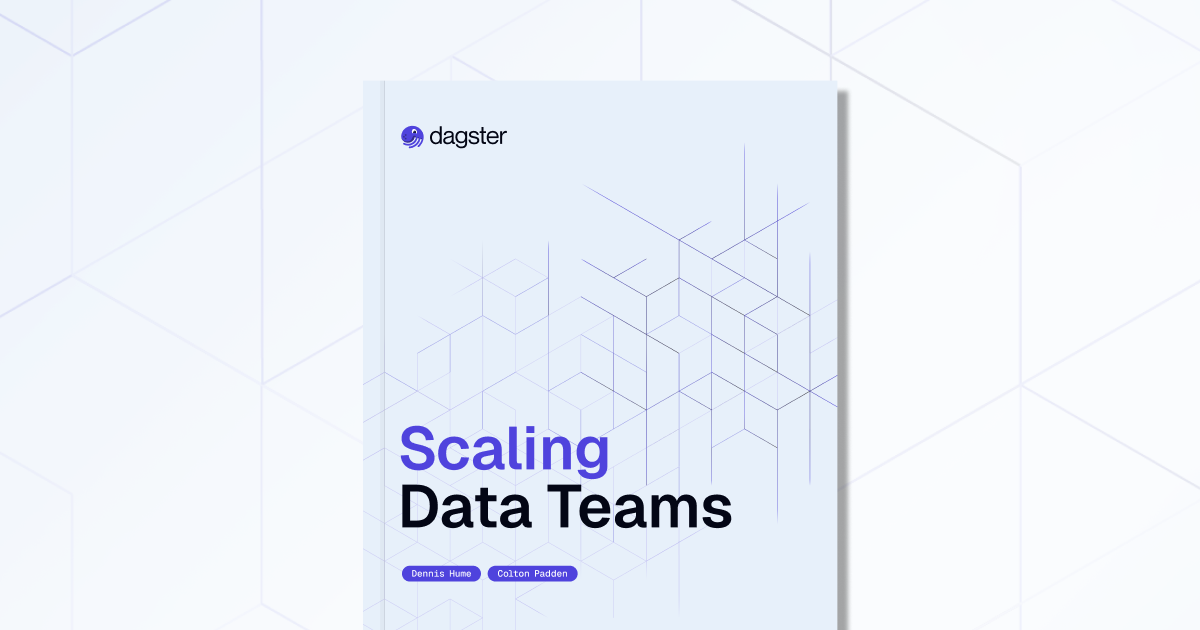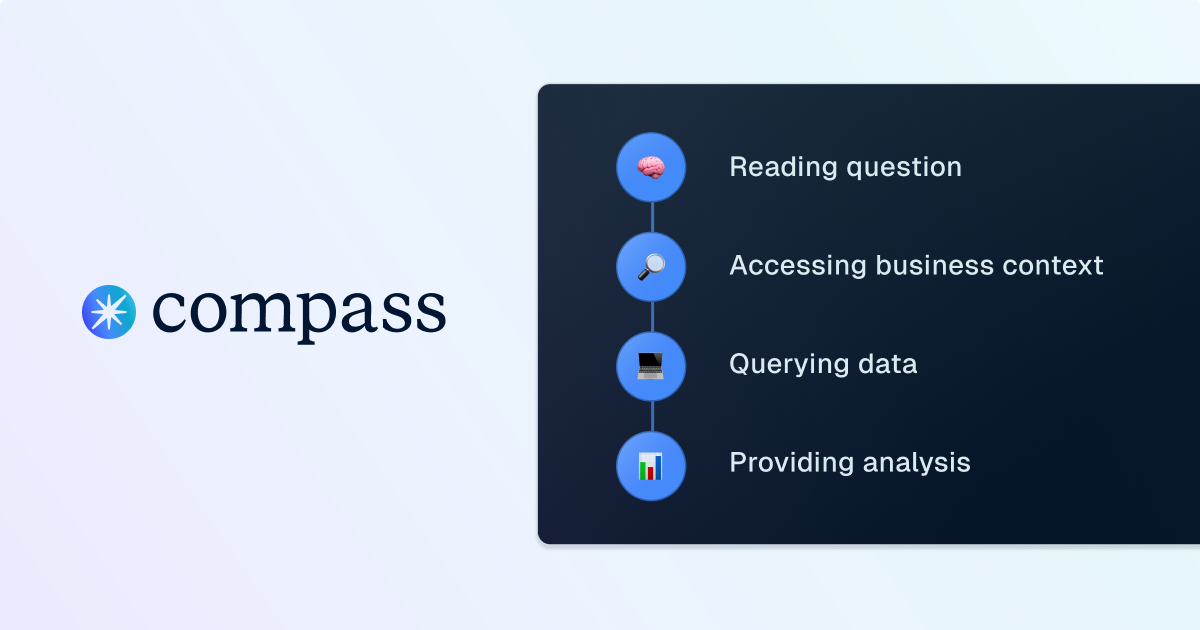What Is a Data Pipeline Framework?
A data pipeline framework is a structured system that enables the movement and transformation of data within an organization. It makes it possible to automate, manage, and simplify the flow of data across various sources and systems.
These frameworks support extraction, transformation, and loading (ETL) processes, ensuring data is accessible and ready for analysis. Organizations can use them to handle large volumes of data systematically, minimizing errors and optimizing resource usage.
Data pipeline frameworks are crucial for modern data management, enabling real-time data processing, batch processing, and hybrid models. They offer an architecture that simplifies data workflows, making it easier for data engineers to manage complex data platforms.
Key Features of a Data Pipeline Framework
Data pipeline frameworks should include the following features.
Handling Large Datasets and Varying Data Loads
A data pipeline framework should be able to process large datasets with varying loads, ensuring consistent performance even as demand fluctuates. It can also handle different data sources and types, from structured to unstructured data. Effective frameworks use parallel processing and optimized data storage techniques, enabling scalability as data volumes grow.
Additionally, these frameworks employ data partitioning strategies, allowing them to efficiently manage and distribute data processing tasks across resources. By reducing data movement and optimizing storage access, the system enhances throughput and reduces latency. This capability is vital in environments with unpredictable workload patterns.
Fault Tolerance
Fault tolerance ensures that data processing continues smoothly even if components fail. This capability prevents data loss and mitigates the impact of failures on data accuracy and availability. Effective frameworks incorporate redundancy and error-handling mechanisms to automatically detect, isolate, and recover from failures.
They use techniques like checkpointing and data replication to safeguard against potential data losses. Fault-tolerant frameworks also use monitoring and alerting systems to identify issues swiftly, facilitating prompt resolution. These systems create a resilient architecture that adapts to hardware and software failures, maintaining data flow integrity.
Tracking Data Flow and Transformations
Tracking data flow and transformations in a data pipeline framework is crucial for maintaining data lineage and validating process accuracy. This involves the documentation of every data transformation, ensuring transparency and traceability throughout the data lifecycle.
Effective tracking systems capture metadata at each stage, allowing stakeholders to understand the origin, journey, and modifications of datasets. This transparency is useful for auditing, compliance, and debugging processes. Some frameworks provide data visualization tools that offer insights into data pathways, transforming raw data into easy-to-understand flows.
Monitoring and Logging
Monitoring and logging enable proactive detection of anomalies, ensuring smooth operations and facilitating timely interventions. Comprehensive logging captures detailed information about each process step, aiding in troubleshooting failures and improving system transparency and accountability.
Effective data pipeline frameworks incorporate monitoring tools that visualize system metrics, providing insights through intuitive dashboards. These tools can include alerts for unusual behaviors, enabling quick response to potential performance issues. They also support historical performance analysis, offering data for optimizing future processes.
Related content: Read our guide to data pipeline architecture.
Popular Data Pipeline Frameworks
1. Dagster

License: Apache-2.0Repo: https://github.com/dagster-io/dagster/GitHub stars: 11K+Contributors: 400+
Dagster is an open-source data orchestration platform for the development, production, and observation of data assets across their development lifecycle. It features a declarative programming model for defining data pipelines, integrated lineage and observability, data validation checks, and best-in-class testability.
Learn more about the Dagster platform

2. Apache Airflow

License: Apache-2.0Repo: https://github.com/apache/airflowGitHub stars: 36k+Contributors: 3k+
Apache Airflow is an open-source workflow management platform for authoring, scheduling, and monitoring complex data workflows. Its directed acyclic graph (DAG) approach allows for flexible construction and management of task dependencies. Airflow’s scalable architecture makes it suitable for both small and enterprise-scale pipelines.
Airflow’s integration capabilities support third-party services and custom plugins. It is suitable for environments requiring dynamic pipeline structures, with flexible execution management features. Additionally, its large community ensures regular updates and improvements.

3. Apache Beam

License: Apache-2.0Repo: https://github.com/apache/beamGitHub stars: 7k+Contributors: 1k+
Apache Beam is a unified model for defining batch and streaming data processing pipelines. It allows users to deploy pipelines across execution engines such as Apache Flink, Spark, and Google Dataflow. Beam’s portability framework ensures that users can write once and run anywhere.
Apache Beam provides an abstraction for data processing, which supports windowing, sessionization, and complex event processing. It offers a rich SDK ecosystem, extending its capabilities to languages like Java and Python. It is extensible and interoperable, allowing users to scale without substantial code changes.

4. Prefect

License: Apache-2.0Repo: https://github.com/PrefectHQ/prefectGitHub stars: 15k+Contributors: 200+
Prefect is a data workflow automation tool for data flow monitoring and management. It emphasizes code-based process composition, offering a Pythonic approach to designing data workflows. Prefect handles dynamic workflows, providing features such as retries, caching, and failure handling.
Prefect’s real-time logging and centralized monitoring offer visibility into data workflow execution. The framework’s resilience in handling task failure and automated task retries improve overall data pipeline reliability.

5. Metaflow

License: Apache-2.0Repo: https://github.com/Netflix/metaflowGitHub stars: 8k+Contributors: \<100
Metaflow, developed by Netflix, provides a human-centric interface for managing and executing data workflows. It simplifies the transition from model prototypes to production systems, enhancing collaboration between data scientists and engineers. Metaflow supports local and cloud execution, offering versatility in deployment options.
Metaflow’s built-in data versioning and lineage tracking ensure that users maintain detailed records of data dependencies and transformations. Its integration with Python and R environments makes it suitable for data-centric applications, with built-in support for Python libraries and cloud-based storage.

6. Luigi

License: Apache-2.0Repo: https://github.com/spotify/luigiGitHub stars: 17k+Contributors: 500+
Luigi is a Python-based data pipeline framework focusing on managing long-running batch processes. It is useful for building complex pipeline dependencies, making it suitable for recurring data tasks and batch processing. Luigi handles failures in the data pipeline, ensuring that tasks can resume from their last successful state.
It provides developer-friendly tooling for designing workflows efficiently. It can manage complex dependencies between disparate tasks. Luigi also supports a variety of data sources and targets. The framework’s checkpointing and resource management features ensure stable pipeline execution even in failure-prone environments.

7. Kedro

License: Apache-2.0Repo: https://github.com/kedro-org/kedroGitHub stars: 9k+Contributors: 200+
Kedro is an open-source Python framework for building reproducible and maintainable data pipelines. It focuses on modularity, allowing developers to create well-structured, reusable workflows while ensuring data quality and consistency. Kedro’s emphasis on code style and organization supports sustainable project development.
Kedro's integration with Jupyter notebooks enhances interactivity and experimentation during the development phase. It supports creating pipelines that are easy to version and audit. By enforcing structure and documentation, it promotes collaboration across data teams.

8. Mage

License: Apache-2.0Repo: https://github.com/mage-ai/mage-aiGitHub stars: 8K+Contributors: 100+
Mage is an open-source data pipeline tool that simplifies the creation and management of data workflows. It emphasizes ease of use with a no-code and low-code interface, allowing users with varying technical expertise to build and manage pipelines effectively. Mage supports both batch and streaming data processing.
Its modular design enables integration with various data sources and destinations, including databases, APIs, and cloud storage services. The framework offers pre-built templates and connectors that accelerate pipeline development. Key features include a real-time debugging tool that allows users to inspect data at each step of the pipeline.

9. Azure Data Factory

License: Commercial
Azure Data Factory is a cloud-based data integration service for orchestrating and automating data movement and transformation. It offers a visual interface for designing workflows, simplifying complex data integration scenarios without extensive coding. Its scalable architecture supports data processing workloads of varying sizes with ease.
Key features include copy activities for massive data loads and data flow activities for complex data transformations directly in the cloud. Azure’s global network offers low-latency, fast data processing capabilities, ensuring high performance for data-intensive applications. It is mainly suited for enterprises using Microsoft’s cloud infrastructure.

10. Google Cloud Dataflow

License: Commercial
Google Cloud Dataflow is a fully managed streaming analytics service that supports both batch and real-time data processing. It leverages Apache Beam as its core programming model, ensuring integration with existing Beam pipelines. Google Cloud Dataflow’s unified processing model and built-in data visualization tools make it well-suited for complex data workflows that require flexibility and scalability.
Besides its data handling capabilities, Google Cloud Dataflow provides a series of pre-built connectors to easily assimilate various data sources. With integrated monitoring and automated scaling, it adapts to changing workloads, providing consistent performance. It can handle complex event processing and session-based windows.

How to Choose a Data Pipeline Framework?
When selecting a framework for managing data pipelines, organizations should consider the following factors.
Organization-Specific Data Needs
Assessing the volume, variety, and velocity of data the organization manages is crucial for determining the necessary features and capabilities of the framework. Consider the types of data sources and destinations, such as SQL databases, cloud storage, or APIs, to ensure the framework supports integration with existing infrastructure.
Identifying the data processing requirements, such as real-time stream processing or batch processing, will help narrow down suitable options. Organizations must also consider data compliance and governance requirements, ensuring that the chosen framework facilitates data security and lineage tracking.
Compatibility with Existing Infrastructure
Evaluating how well a framework integrates with current data storage systems, cloud providers, and processing tools can prevent significant redevelopment costs and resource allocation. This compatibility ensures a seamless transition and maximizes the value of existing technologies.
Organizations should also consider the technical expertise required for integration and the ease of adoption by the current team. A framework with strong community support and extensive documentation can facilitate quicker onboarding and resolution of integration challenges.
Scalability and Performance
A framework that offers horizontal and vertical scaling will better accommodate increasing data loads and user demands. Key performance metrics to evaluate include data processing speed, throughput, and latency. These metrics help assess how the framework will perform under various conditions and workloads.
Additionally, assessing the framework’s ability to optimize resource usage through features like parallel processing and dynamic allocation can reduce operational costs and improve efficiency. Organizations should look for frameworks that offer benchmarking tools to simulate and measure performance in real-world scenarios.
Development and Maintenance Complexity
Frameworks that offer intuitive interfaces, comprehensive documentation, and extensive community support can reduce the learning curve and simplify development processes. This ease of use is essential for reducing time-to-market and minimizing the technical debt associated with maintaining complex data pipelines.
Organizations should assess the framework’s support for automated testing and deployment, which can streamline ongoing maintenance and updates. Additionally, frameworks that support modular design and reuse of components can significantly reduce maintenance overhead. Evaluating the total cost of ownership, including licensing fees, training costs, and potential staffing needs, will help organizations select a framework that aligns with budget constraints.
Flexibility and Extensibility
A flexible framework can adapt to new data sources and formats as organizational needs evolve, ensuring that it continues to provide value. Extensibility, through plugins or custom integrations, allows admins to expand the framework’s native capabilities and tailor solutions to organizational requirements.
Choosing a framework with a strong ecosystem of third-party tools and plugins can enhance functionality without significant additional development effort.
Using Dagster to Orchestrate Your Data Pipelines
Dagster is an open-source data orchestration platform for the development, production, and observation of data assets across their development lifecycle.
It features a declarative programming model, representing data pipelines in terms of the data assets that they generate, yielding an intuitive, declarative mechanism for defining complex data architectures.
With a modular design and rich feature set, Dagster serves as the unified control plane for data processes across the organization, with native support for lineage and observability, an asset catalog, data validation checks, and best-in-class testability.
Thanks to intuitive, composable integrations with popular data tools, native support for executing non-Python workflows in remote environments, declarative automation, and intuitive partitioning, Dagster lets you seamlessly centralize and scale your data processes.
Learn more about the Dagster platform here.











